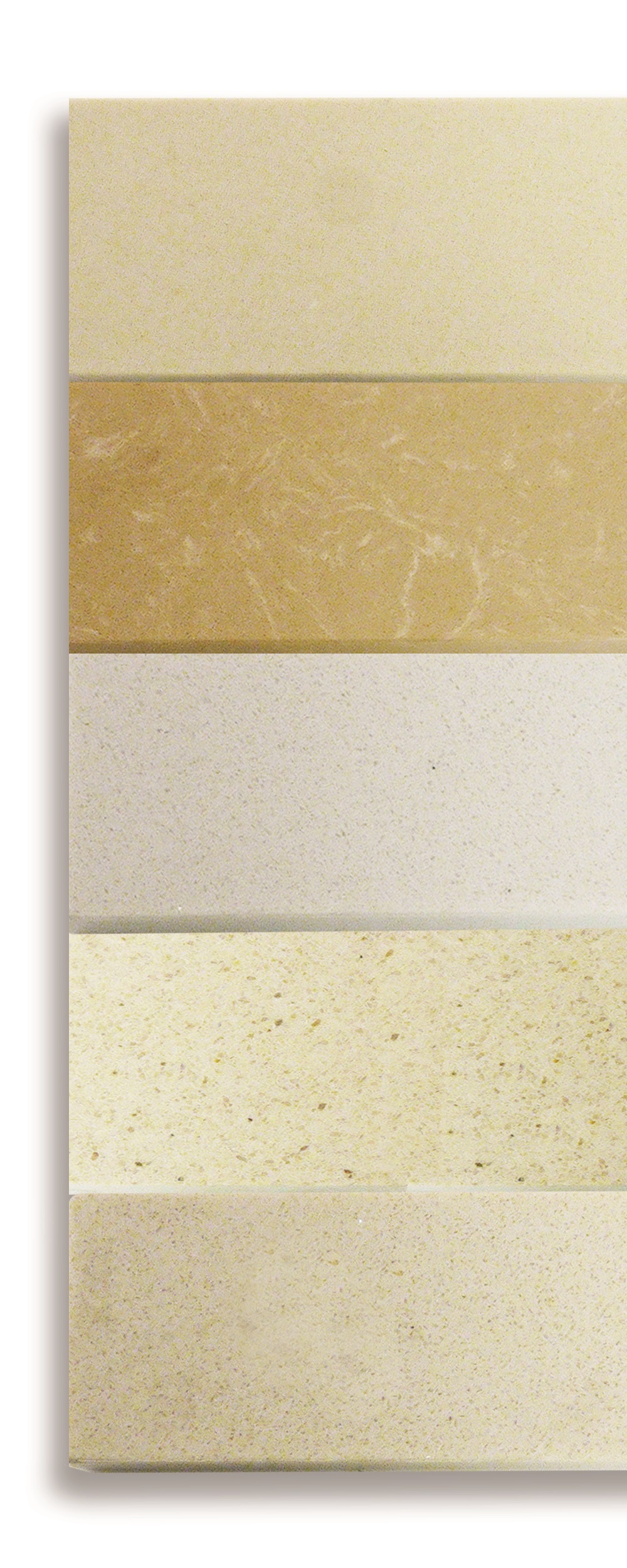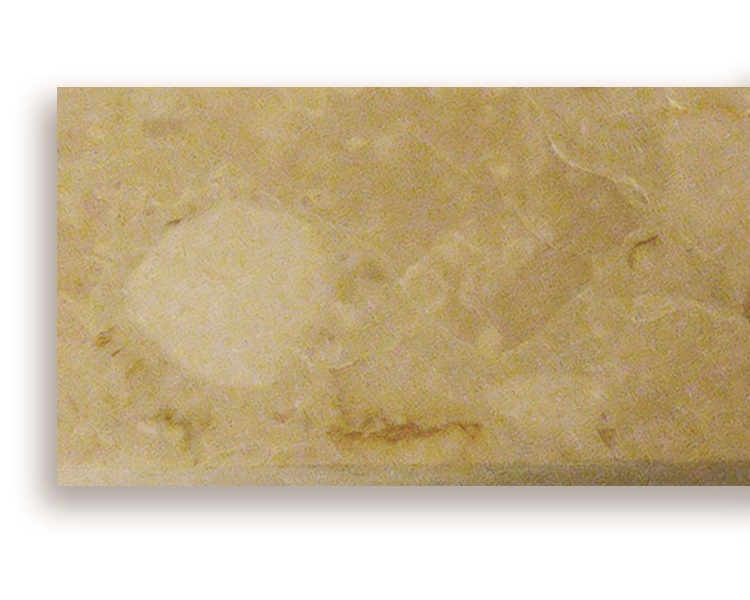
Deciding that your interior needs a stone fireplace is easy. The hard part is deciding what
kind of stone it needs.
From micro-marbles to conglomerates, we've sourced a total of seven different stones from across the world, each of which having their own unique qualities and characteristics. To help you get a feel for each stone, here's a break down of the varieties.
Micro-Marble
Micro-marble, although not completely natural, is formed from real marble, and has a much smoother and more even tone than its natural alternative. The marble is quarried, ground down to a fine texture and then reformed, along with a 2% resin mix for an even and flaw free appearance. The final product is a rich, vibrant colour with a flawless surface, making it ideal for cutting into a fireplace.

Beige Stone
Order Your Sample
Roman Stone
Order Your Sample
China White
Order Your Sample
Marfil Stone
Order Your Sample
Honey Creme
Order Your Sample
Natural Stones
Our natural products, as the name suggest, are completly natural. This means they will contain all the veining and fossil marks that they would in their natural state, giving them a wonderfully organic vibe.
 Black Granite
Black Granite
Order Your Sample
Conglomerates
Similar to our micro-marble stones, conglomerate stones are quarried, ground up and then reformed, along with a resin mix. Conglomerates differ however due to their texture, which often appears much more chunky then natural marble, giving it an even more organic and natural appearence. Much like a natural stone product, these stones will contain variations, with no two being completely alike.
 Botticino
Botticino
Order Your Sample
Maintenance & Cleaning
Limestone Products
Limestone is a very porous material, meaning it will absorb moisture very quickly. For a general clean, it’s fine to simply use a cloth and water, but be sure to clean an entire section rather than patches, which can result in watermarks.
You may also wish to seal your limestone in order to better protect it. If this is the case, then we would recommend using Lithofin Stain Stop, which will give it a greater resistance against staining. It will however very slightly alter the appearance of the limestone, drying it and giving it a slight seen.
Also, be aware when choosing a sealant that some are for outside use only, so always double check before applying to your fireplace.
Marble and Conglomerates
Simply use soapy water to wash off dirt, or white spirit for sticky marks and harder stains. If the stain has penetrated into the stone, then unfortunately there is nothing that can remove it.
Note, you should NOT use washing up liquid, as this could damage the stone. Household polish however is fine.
Cast Iron
All cast iron products have the potential to rust easily unless the surface is protected. Regular applications of protective coatings will prevent this - Zebo, for example. Alternatively, they can be lightly oiled with WD40 or other suitable light oil.
Trims and frets
Most of our frets and trims are not made of solid brass, so a polish such as Peek – or any other non-abrasive cleaner – should be used. For solid brass frets and trims, abrasive cleaners such as Brasso or Duraglit should work just fine.
Note: Some trims and frets are lacquered and don't need polishing with chemicals - simply wipe with a damp cloth and buff up immediately with a dry soft cloth.
These are guidelines only and Fireplace World cannot be held responsible for any damage as a result of improper cleaning or maintenance This does not affect your statutory rights.








